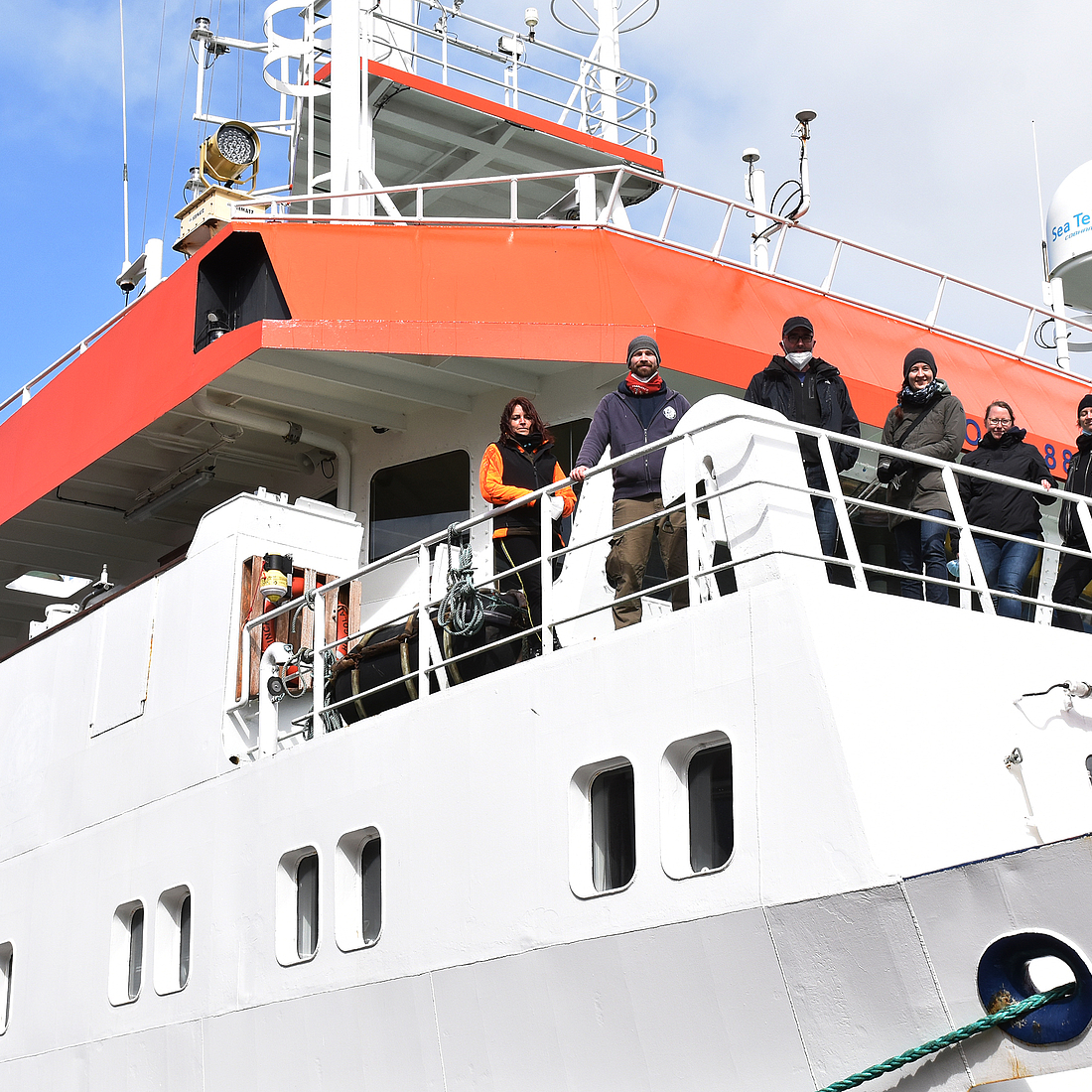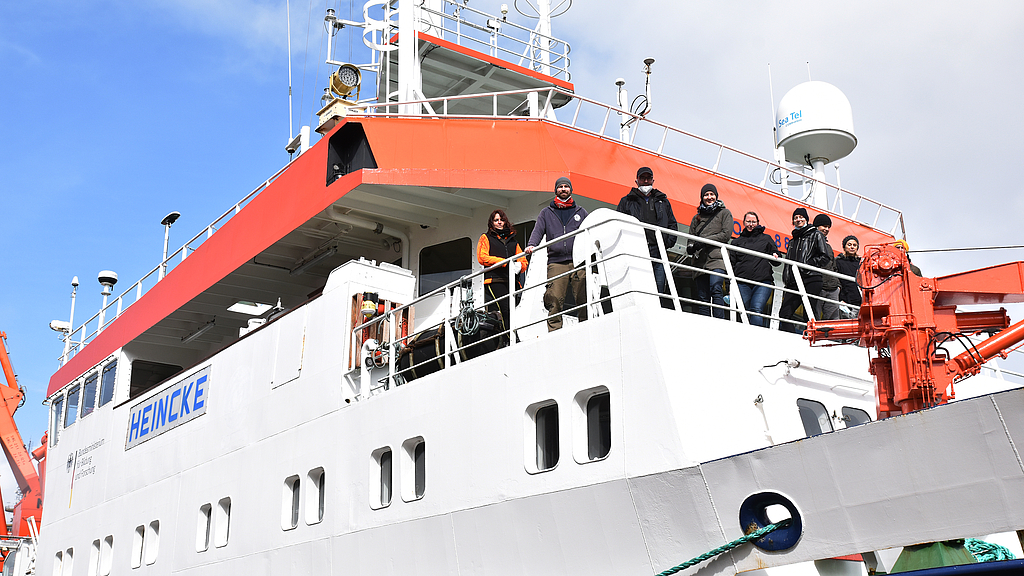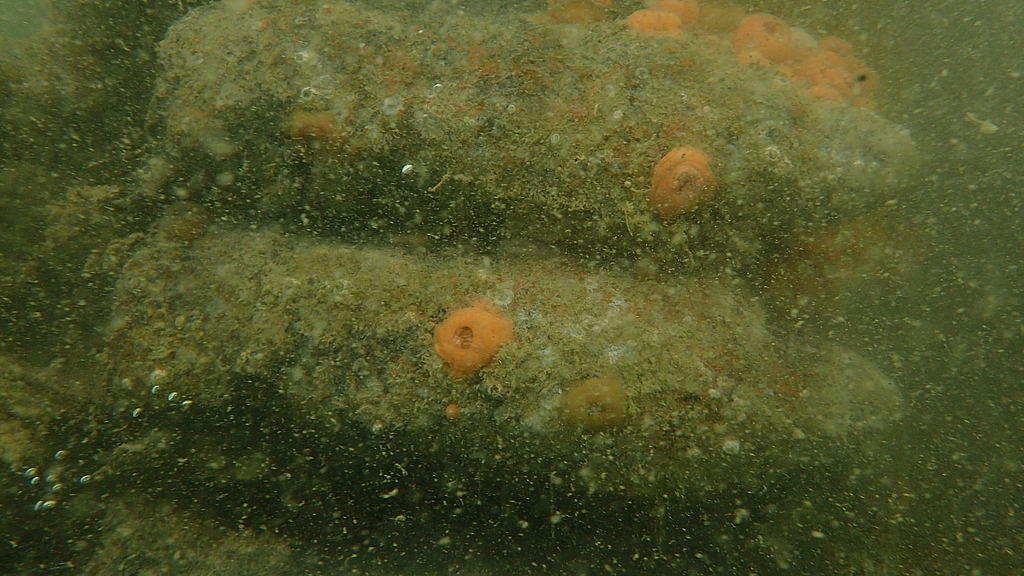Cast off - the HEINCKE sails on a research expedition
Researchers suspect that up to 1.3 million tons of ammunition are present in the German part of the North Sea alone. These are legacies from both world wars. They are either in the hulls of sunken wrecks, were originally laid as barrage weapons (e.g. mines) or dumped off the coasts after the wars. Little is known about the effects and hazards that the toxic contents (e.g., TNT) of these rusting legacy weapons have on fish, plants, and humans. A European research team led by the German Maritime Museum, Leibniz Institute for Maritime History is now looking for answers as part of the EU-funded "North Sea Wrecks" project.
The focus is on shipwrecks from the two world wars in the North Sea. In addition to the German Maritime Museum and the Alfred Wegener Institute, Helmholtz Centre for Polar and Marine Research (AWI), scientists from Belgium, Denmark, Norway, the Netherlands and Germany are also involved. The results will be presented in a traveling exhibition starting in August 2021. After the start in Bremerhaven, the traveling exhibition will make stops in all countries participating in the project.
On board the research vessel HEINCKE, which belongs to the AWI, the international team will head for a marine area west of Helgoland from April 8 to 11, where they plan to take samples from the wreck SMS MAINZ. The wreck of this ship, along with those of the SMS ARIADNE and the V187, lies on the seabed west of the island. All of them are warships sunk by the British fleet during the First World War in one of the first naval battles.
On Sunday, April 11, 2021, the ship of the AWI fleet is expected back in the fishing harbor (Am Fischkai). The science team will then show the first scans of the wreck, provide information about how the underwater robot works and about life on board the HEINCKE.



